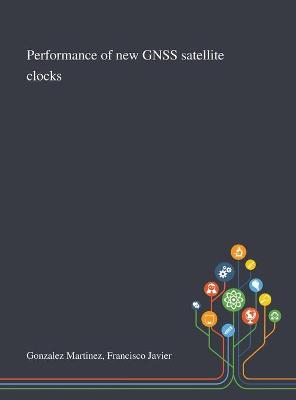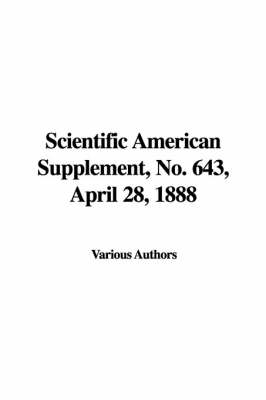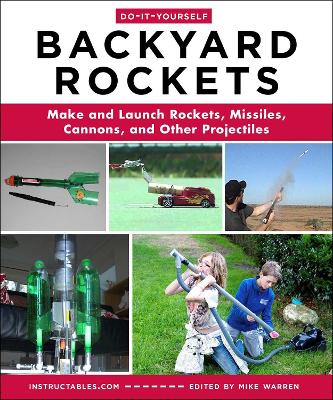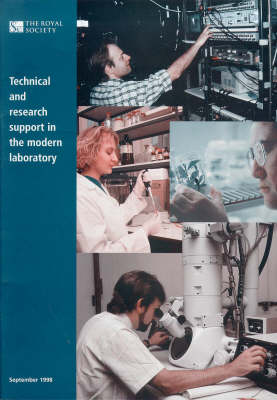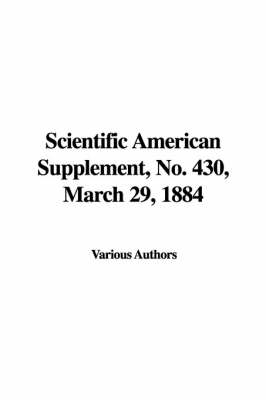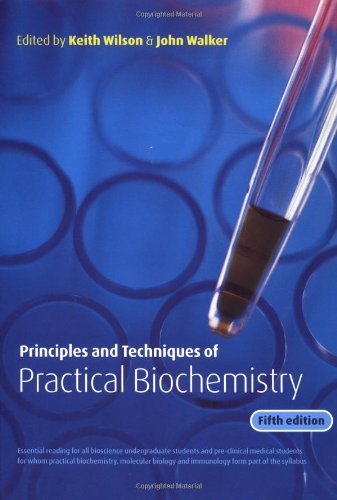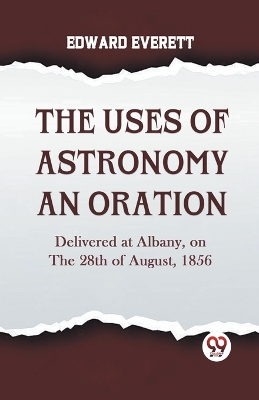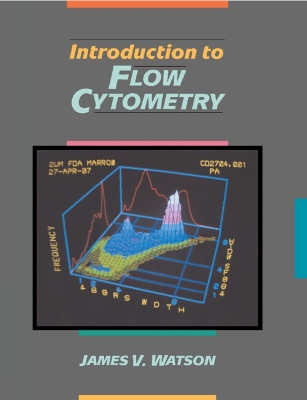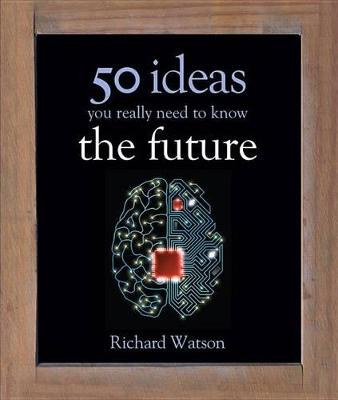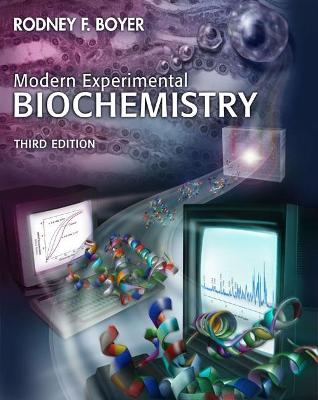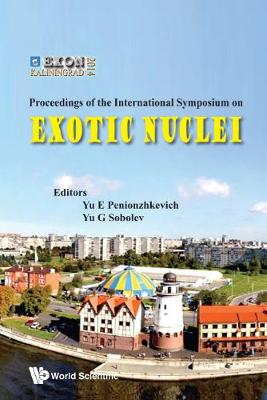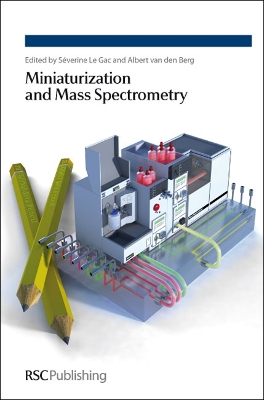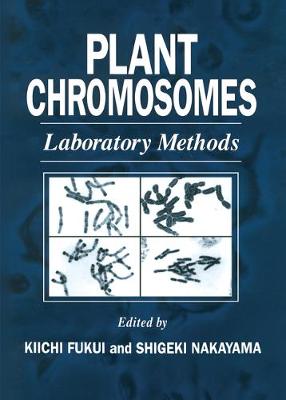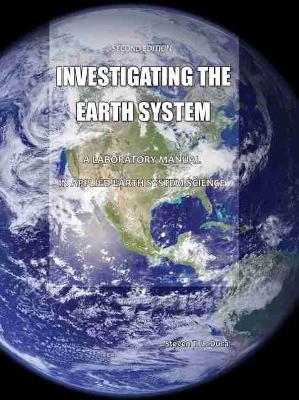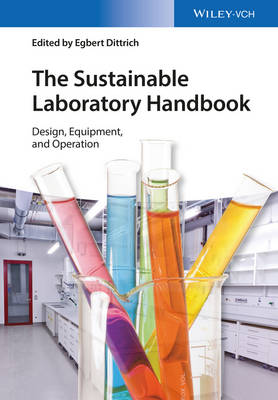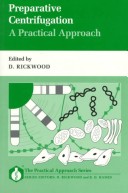Methods in Yeast Genetics
by Chris Kaiser, Susan Michaelis, and Aaron Mitchell
Performance of New GNSS Satellite Clocks
by Francisco Javier Gonzalez Martinez
Aiaa Guide to Human Performance Measurements (G-035a-2000) (AIAA Standards)
Handbook on Synchrotron Radiation (Handbook on Synchrotron Radiation)
Volume 2 of this series concentrates on the use of synchrotron radiation which covers that region of the electromagnetic spectrum which extends from about 10eV to 3keV in photon energy and is essentially the region where the radiation is strongly absorbed by atmospheric gases. It therefore has to make extensive use of a high vacuum to transport the radiation to the workstation where the presence of hard X-rays can cause extensive damage to both the optics and the targets used in the experimental...
Discover the sense of accomplishment after watching your rockets, fireworks, and launchers soar into the sky! Originating from Instructables, a popular project-based community made up of all sorts of characters with wacky hobbies and a desire to pass on their wisdom to others, Do-It-Yourself Backyard Rockets is made up of projects from a medley of authors who have collected and shared a treasure trove of rocket-launching plans and the knowledge to make their projects soar! Do-It-Yourself Back...
Technical and Research Support in the Modern Laboratory
by Royal Society
Laser Applications in Precision Measurement
Principles and Techniques of Practical Biochemistry
In this new, 5th edition of a highly popular text, undergraduate students are introduced to all the basic experimental techniques routinely used in practical biochemistry today. Most attention is given to techniques students will encounter in their practical classes, with the principles and theories behind them explained in detail to aid understanding. As a further aid to students, essential calculations and worked answers appear at the end of each chapter. 'Key terms to understand' are also inc...
The Uses of Astronomy an Oration Delivered at Albany, on the 28th of August, 1856
Flow cytometry is a technique for measuring both scattered light and fluorescence from single cells at very rapid rates. Typically up to 5000 cells can be analysed per second. Using various fluorochromes this allows a cell population to be analysed for cells showing certain characteristics such as the presence of a particular enzyme, cellular constituent or other gene product. The information it can provide is invaluable in helping to diagnose certain cancers as well as aiding pure research into...
50 Future Ideas You Really Need to Know (50 Ideas You Really Need to Know)
by Richard Watson
A dynamic insight into how science will shape human destiny over the coming century.What will the world look like in 2020, 2030 or even 2100? How will progress in scientific research affect human life in the areas of health and lifestyle, energy and the environment, politics and conflict, space exploration and even the ultimate questions of existence? This book offers an electrifying trip through the wonders - and terrors - awaiting us over the next hundred years. The ideas explored include: The...
This successful text provides students majoring in biochemistry, chemistry, biology, and related fields with a modern and complete experience in experimental biochemistry. Its unique two-part organization offers flexibility to accommodate various requirements of the course, and allows students to reference detailed theory sections for clarification during labs. Part I, Theory and Experimental Techniques, provides in-depth theoretical discussion organized around important techniques. A valuable r...
Exotic Nuclei: Exon-2014 - Proceedings Of International Symposium
The production and the properties of nuclei in extreme conditions, such as high isospin, temperature, angular momenta, large deformations etc., have become the subject of detailed investigations in all scientific centers. The main topics discussed at the Symposium were: Synthesis and Properties of Exotic Nuclei; Superheavy Elements; Rare Processes, Nuclear Reactions, Fission and Decays; Experimental Facilities and Scientific Projects.This book provides a comprehensive overview of the newest resu...
Miniaturization and Mass Spectrometry
The recent explosion in the use of analytical chemistry, particularly in the biological sciences, has led to a need for fast, reliable and highly sensitive tools able to handle small sample sizes. This book illustrates how microfluidics and lab-on-a-chip devices can satisfy the growing need for miniaturized and enhanced analysis. They lend themselves well to mass spectrometric detection as they use samples in the low microlitre range and are handled on a chip. Miniaturization and Mass Spectromet...
Finally - a guide to cytological techniques written specifically for the plant chromosome researcher and student. Plant Chromosomes: Laboratory Methods thoroughly covers all important approaches to the study of plant chromosomes. It reviews each specific approach and describes requisite experimental techniques. These practical descriptions cover basic, standard techniques as well as the most recent research advances and state-of-the-art technologies. Plant Chromosomes: Laboratory Methods allows...
Investigating the Earth System: A Laboratory Manual in Applied Physical Geology
by Steven T Loduca
Investigating the Earth System provides a modern approach to teaching undergraduate, introductory-level Earth Science and Physical Geology laboratories with the aim of creating science-savvy citizens capable and willing to make informed decisions about key environmental issues, including where to live. To achieve this end, the manual integrates three novel design elements while still covering traditional topics such as rock and mineral identification, surface and subsurface water resources, and...
The first comprehensive guide to modern laboratory planning in ten years to address both construction and operating aspects. Many of the 30 authors are affiliated with the European Association for Sustainable Laboratory Technologies (EGNATON), which has also endorsed this ready reference. This expert team covers the entire lifecycle of a laboratory facility, starting with the site layout and the planning of the building, followed by the planning of such areas as housing for laboratory animals,...
Preparative Centrifugation (A Practical Approach, #113)
While the theoretical basis of centrifugal separation remains the same, recent years have seen dramatic changes in both the design of centrifuges and the range of people that use them. This study is designed to reflect these changes by providing detailed protocols covering all types of separation, from DNA to cells. Guidelines are also given to help researchers devise new types of separation protocols. The book includes program source codes for calculation and simulation programs that are benefi...
With the advent of recombinant DNA techniques, an increasing number of proteins are being expressed in sufficient quantities to be crystallized for X-ray diffraction analysis. At the same time, the efficient handling of data required to analyze diffraction data from macromolecules and graphics capabilities to display structures obtained from this analysis are also advancing. Consequently, huge numbers of new macromolecular models, especially protein models derived from X-ray crystallographic ana...


